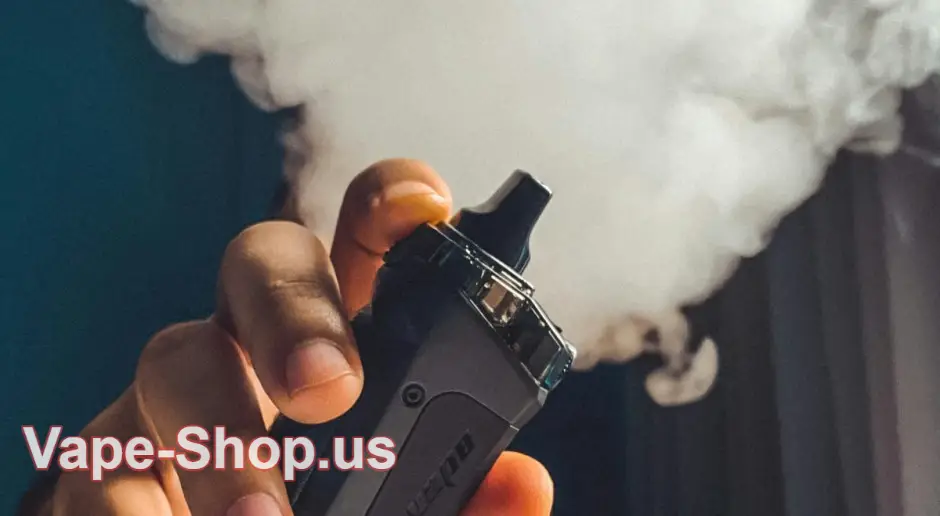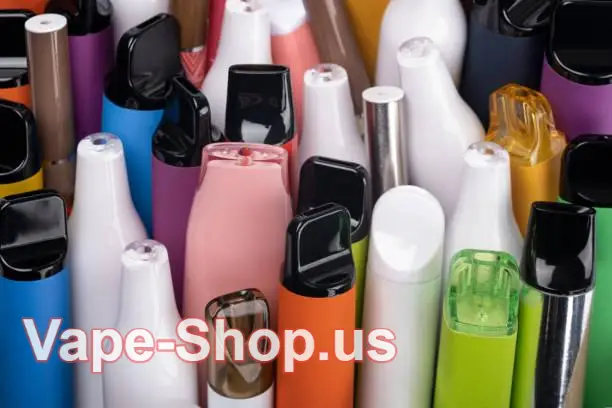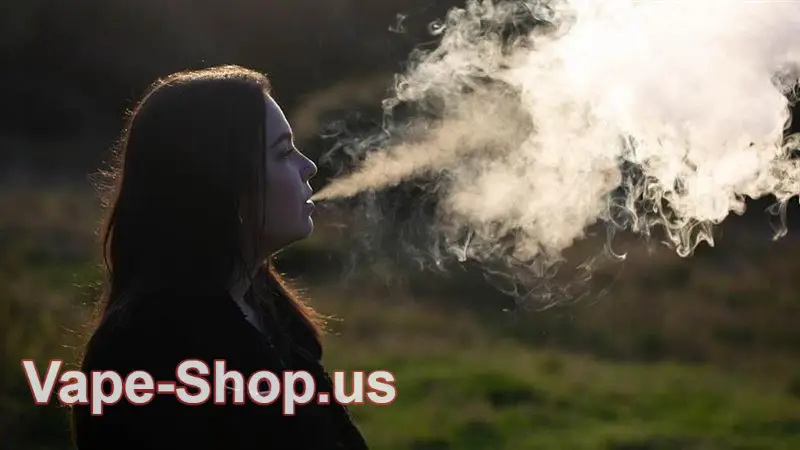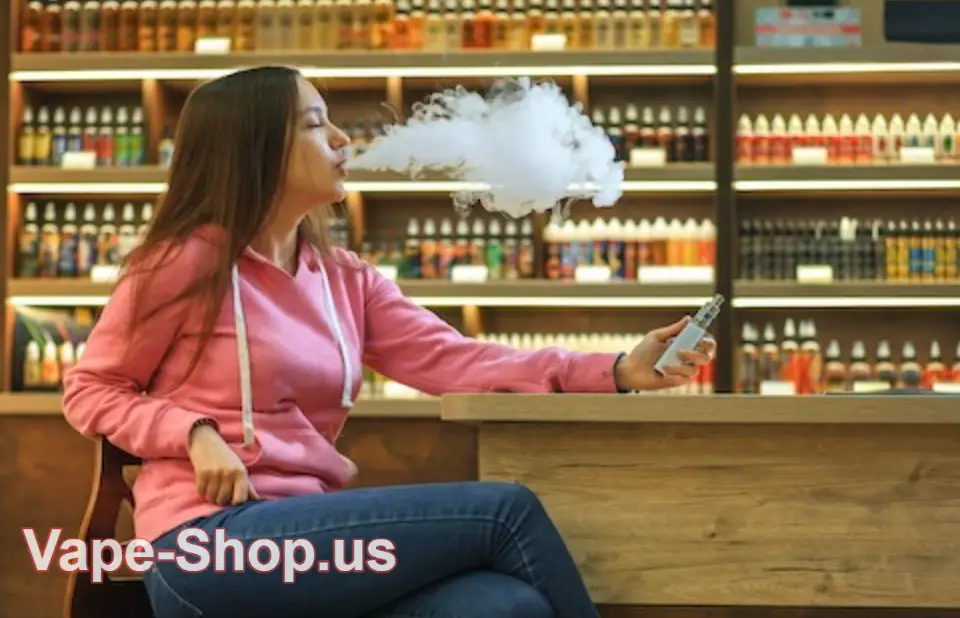How Tough is Vape Approval? A Deep Dive into America's Strict Vape Regulations
Recently, a report about the U.S. vape market has exposed the massive challenges the industry is facing right now. One shocking revelation? As much as 98% of all vape products sold in the U.S. could be illegal. This mind-boggling statistic points to severe flaws in the current regulatory system, especially when it comes to the U.S. Food and Drug Administration (FDA) and its approval process for new tobacco and nicotine products.
A Mind-Blowing Approval Rate: Only 30 Products Out of 26.6 Million
Between October 2019 and March 2024, the FDA received approximately 26.6 million Pre-Market Tobacco Applications (PMTAs) for new vaping products. Out of that massive pile, the FDA approved just 30 products for marketing. Yep, you read that right – a staggering approval rate of just 0.001%. So, why is the FDA making it so hard for vapes to hit the market?
Well, the main reason behind this situation is the incredibly slow and inefficient approval process that the FDA uses for new tobacco products. While these products are meant to go through rigorous safety checks, it’s clear that the system is dragging its feet. The numbers speak for themselves. This is not only leaving a huge gap in the market for legal products but also creating tons of opportunities for illegal and unregulated vapes to flood the scene.
The Black Market: Why It’s Booming
The lack of legal vape options is giving illegal products an open invitation to dominate the market. One area where this is especially problematic is flavored vapes. Consumers have been clamoring for flavored options for years, but the FDA didn’t approve its first flavored vape product until June 2024. By then, the demand for flavored vapes had already skyrocketed, and black-market products were filling the void.
A huge part of the issue here is that the FDA’s approval process just takes way too long. By the time a new vape flavor gets through the approval pipeline, consumers are already using unregulated alternatives. This delay has been a massive opportunity for illegal sellers to come in, with a range of flavors that the FDA hasn’t approved yet, further fueling the popularity of these unlicensed products.
Enforcement Failures: Warnings Aren’t Enough
Then there’s the issue of enforcement. The FDA primarily relies on sending out warning letters to sellers of illegal vapes. While this sounds good in theory, it’s really not enough to put a stop to the flow of illegal products. By June 2024, the FDA had sent out more than 1,100 warning letters – but enforcement through this method has been weak at best.
Many of these illegal brands manage to bypass FDA scrutiny by simply changing the names of their products, meaning they can keep selling without facing any real penalties. The situation gets even worse when you consider that the FDA tries to block imports of these illegal vapes by using customs seizures, but again, this tactic doesn’t always work. Sellers get creative by altering product names or changing packaging, and boom – the product is back on the market.
The Tax Mess: More Complexity for the Market
Let’s talk about the tax system, which is another major issue that’s making the vape market even messier. Researchers have found that illegal vapes are often sold at lower prices compared to the legal stuff, which hints that some of them are avoiding taxes altogether. But because there isn’t enough reliable sales data, state tax agencies are struggling to track down and stop these tax-dodging practices.
Some experts suggest that one way to improve the situation is to overhaul the current system entirely. Instead of requiring every new vape product to go through the rigorous Pre-Market Tobacco Application process, they propose a system where products are allowed to hit the market automatically unless the FDA can prove with solid scientific evidence that they should be banned. This would create a faster and more efficient system while still ensuring safety, but it’s clear that the FDA isn’t keen on changing things just yet.
Vaping as a Harm Reduction Tool: The British Perspective

Despite all the challenges facing the industry, there’s a growing body of research that suggests vaping could actually be a useful harm-reduction tool for existing smokers. In fact, a study by the UK’s Department of Health concluded that vaping is 95% less harmful than traditional smoking. This raises a big question: if vaping can help reduce the health risks associated with smoking, shouldn’t there be a way to create a well-regulated, safe market that allows smokers to make the switch without facing so many barriers?
But instead of building a streamlined and supportive vaping market, the FDA’s current approach is driving many smokers back to cigarettes or forcing them to seek out black-market vapes. It’s a lose-lose situation, and the results are damaging to public health. Some experts argue that we need more flexibility in the approval system, with the focus shifting to proven harm-reduction benefits rather than just keeping a tight grip on every aspect of the market.
What’s Next for the U.S. Vape Market?

With the U.S. Supreme Court set to review cases involving vape regulation in the coming months, the future of the vape industry is up in the air. Depending on how the Court rules, we could see significant changes to vape regulations, either through legislative action or judicial decisions.
In the meantime, the challenges facing the vape industry are unlikely to go away. The FDA’s approval process is still as slow as ever, illegal vapes continue to flood the market, and state tax agencies are struggling to keep up. But the fact that the Court is stepping in could be a game-changer. If the ruling favors more relaxed regulation or faster approval processes, it could lead to a more competitive and dynamic market, where harm-reducing products can more easily reach consumers who need them the most.
Balancing Public Health and Market Growth
At the end of the day, there’s no easy answer. On one hand, you have the public health imperative to reduce smoking rates and prevent minors from accessing nicotine products. On the other, you have the reality that vaping has been shown to be a significantly safer alternative for smokers who can’t quit, as well as a legitimate industry that needs clearer rules and faster approvals.
For the U.S. to create a balanced, effective, and profitable vape market, it’s going to take a lot more than just tougher regulations and enforcement. It’s going to require a system that balances the needs of both consumers and producers, ensuring that safe products are available while cracking down on the illegal market. In the coming years, the decisions made by regulators, lawmakers, and the courts will shape the future of vaping in the U.S., and the stakes couldn’t be higher.
So, what’s the takeaway? Right now, the vape industry is kind of stuck between a rock and a hard place. The approval process is ridiculously slow, illegal products are all over the place, and enforcement efforts are falling short. If the industry is going to thrive in a way that protects public health and reduces harm for smokers, some serious changes need to happen. Whether it’s faster approvals, better enforcement, or a more streamlined tax system, something’s gotta give.
The real question is: will the U.S. be able to fix this mess before the vape market spirals out of control? The next few years will tell. Stay tuned.
For in-depth reviews and the latest updates on other popular vape brands like Geek Bar, be sure to check out our comprehensive reviews! We’ve got all the info you need to stay up-to-date on the best flavors, devices, and everything in between. 💨✨ Don’t miss out on our latest reviews—click the link to explore!


Vape Reviews